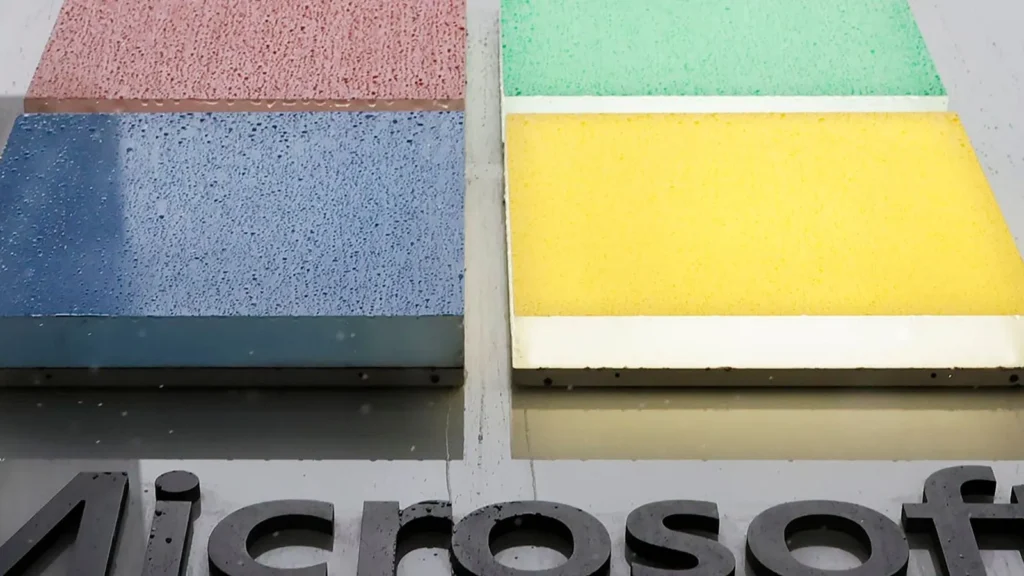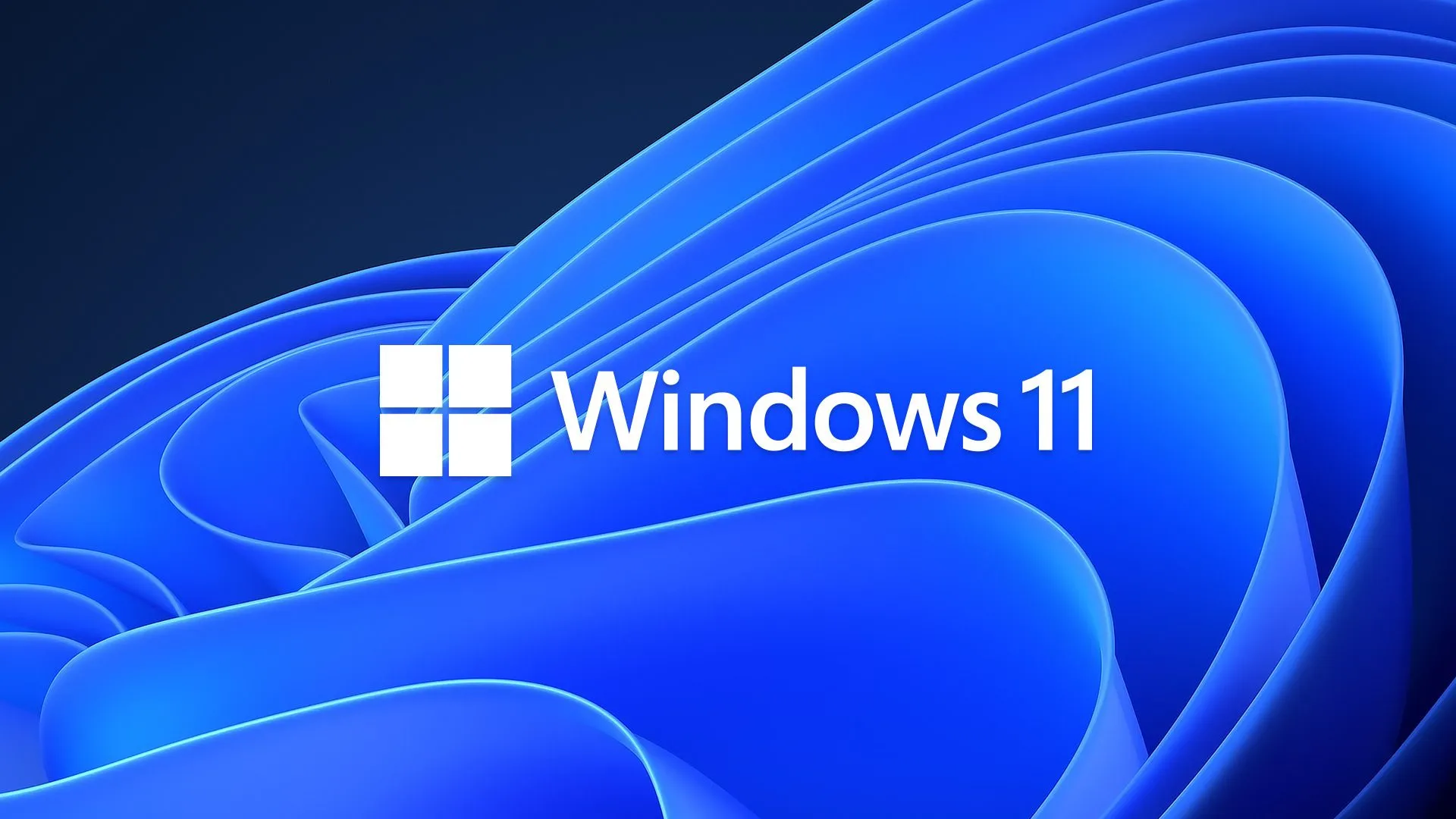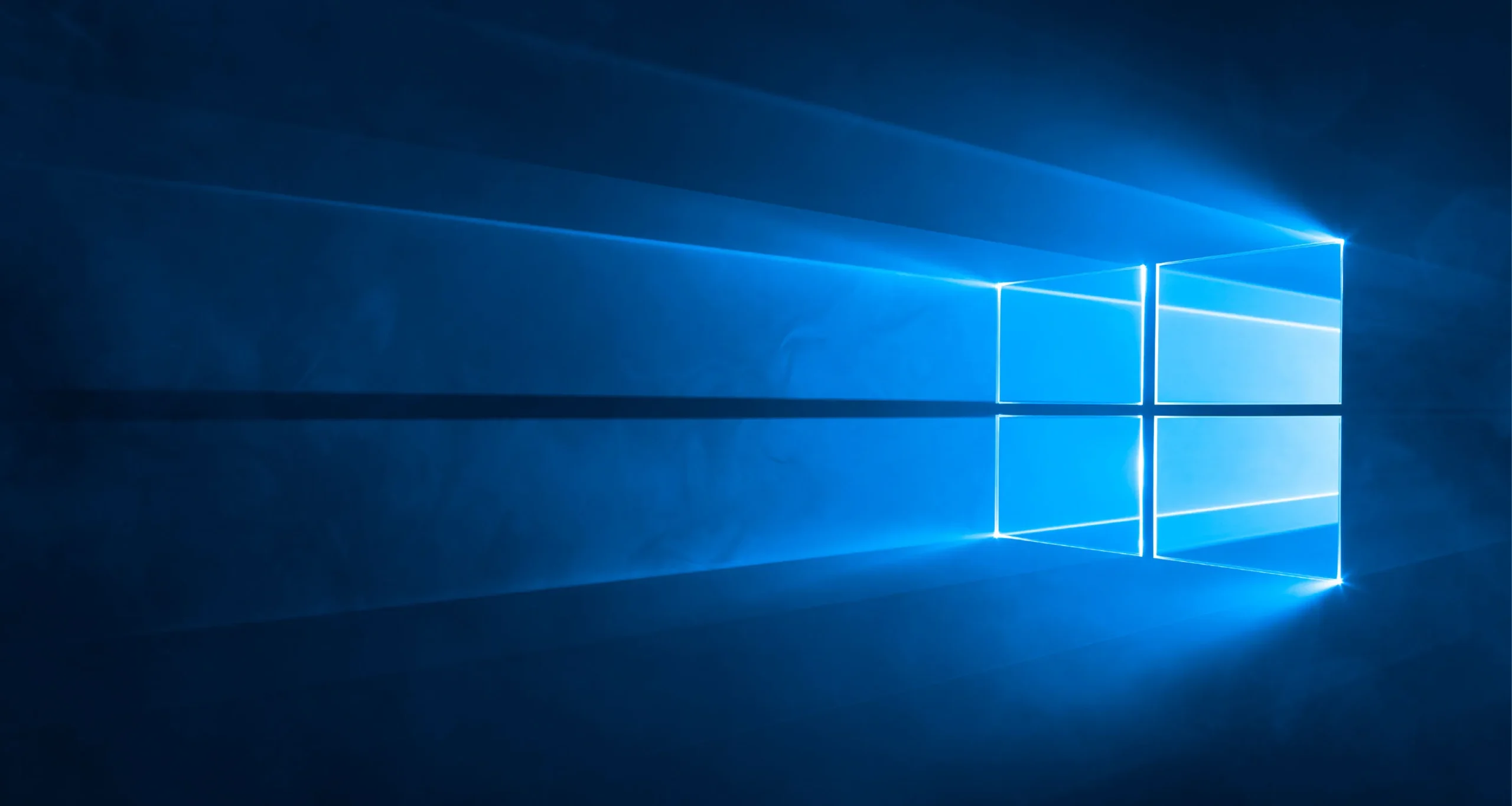
Microsoft has been on a mission to drive its users from Windows 10 to the latest version of its operating system, Windows 11. With a critical deadline looming, the tech giant has been doing everything in its power to ensure users make the switch. The stakes are high—if users don’t upgrade by October 14, they’ll be left exposed to potential cyber risks, such as data breaches and identity theft. Despite the uphill battle, Microsoft is making strides, especially in the United States.

Windows 11 Surpasses Windows 10 in U.S. Market Share
For years, Windows 10 dominated the U.S. market, but that dominance is rapidly shrinking. According to Statcounter’s most recent data, Windows 11 has now overtaken Windows 10 in the United States, marking a significant milestone for Microsoft. As of March, Windows 11 has captured 54% of the U.S. market, while Windows 10 has fallen to just 44%. This is a stark contrast to February, when only 42% of American users were on Windows 11.
This shift represents a key turning point in Microsoft’s ongoing campaign to push millions of users to upgrade. The October 14 deadline is fast approaching, and it’s clear that Microsoft’s message is finally getting through to U.S. consumers. As the company battles to get holdouts on board, American users seem to have recognized the importance of making the switch before it’s too late.
The Windows 10 Upgrade Dilemma: A Global Challenge
While the U.S. is seeing impressive gains, Microsoft’s success isn’t as widespread elsewhere. In Europe, for example, Windows 10 still maintains a stubborn 55% share, with Windows 11 sitting at just 42%. The situation is even more challenging in Asia, where more than 60% of users are still on Windows 10.
Microsoft’s challenge isn’t just about convincing users to upgrade—it’s about ensuring that older PCs meet the necessary hardware requirements for Windows 11. The TPM 2.0 security chip is the primary dividing line between PCs that can be upgraded and those that can’t. With an estimated 240 million PCs ineligible for the upgrade, the company faces a daunting task to ensure that users are aware of their options.
Microsoft’s Security Concerns: The Urgent Call to Upgrade

The urgency to upgrade is more than just a matter of accessing new features. As Microsoft has repeatedly warned, failing to upgrade puts users at significant risk of security vulnerabilities. “Security updates are like locks on your doors—they help keep the bad guys out,” Microsoft said in a recent statement. “These updates patch up vulnerabilities that could be exploited by malware or hackers. Without them, your unsupported OS is an easy target, and your personal info could be at risk.”
The company has made it clear that after October 14, Windows 10 users will no longer receive software updates, technical assistance, or security fixes. This means that those who hold out will be left exposed, with their systems becoming increasingly vulnerable to cyber threats.
A U.S. Success Story: Microsoft’s Win at Home
In the U.S., Microsoft’s campaign is starting to pay off. While the company continues to struggle in other parts of the world, American users have taken note of the impending deadline. With millions of users making the switch to Windows 11, Microsoft appears to be on track to avoid a major crisis.
However, the challenge remains—Microsoft must now focus on replicating this success in Europe, Asia, and other key markets. The clock is ticking, and with the October deadline rapidly approaching, the pressure is on for Microsoft to convince more users to make the upgrade before they are left in the cold.
As the deadline for Windows 10 support draws closer, the real question remains: will the rest of the world catch up to the U.S.? Microsoft has a long way to go, and with millions of users still holding on to outdated hardware and software, the company faces an unprecedented challenge.
Still, Microsoft’s progress in the U.S. proves that the upgrade campaign can succeed. The key now is ensuring that users worldwide understand the risks of delaying the switch and act before it’s too late. With security threats on the rise and millions of users potentially left exposed, Microsoft’s urgent call to upgrade has never been more critical.
As October 14 approaches, the question remains: will the rest of the world follow the U.S.’s lead and make the switch to Windows 11 in time?
